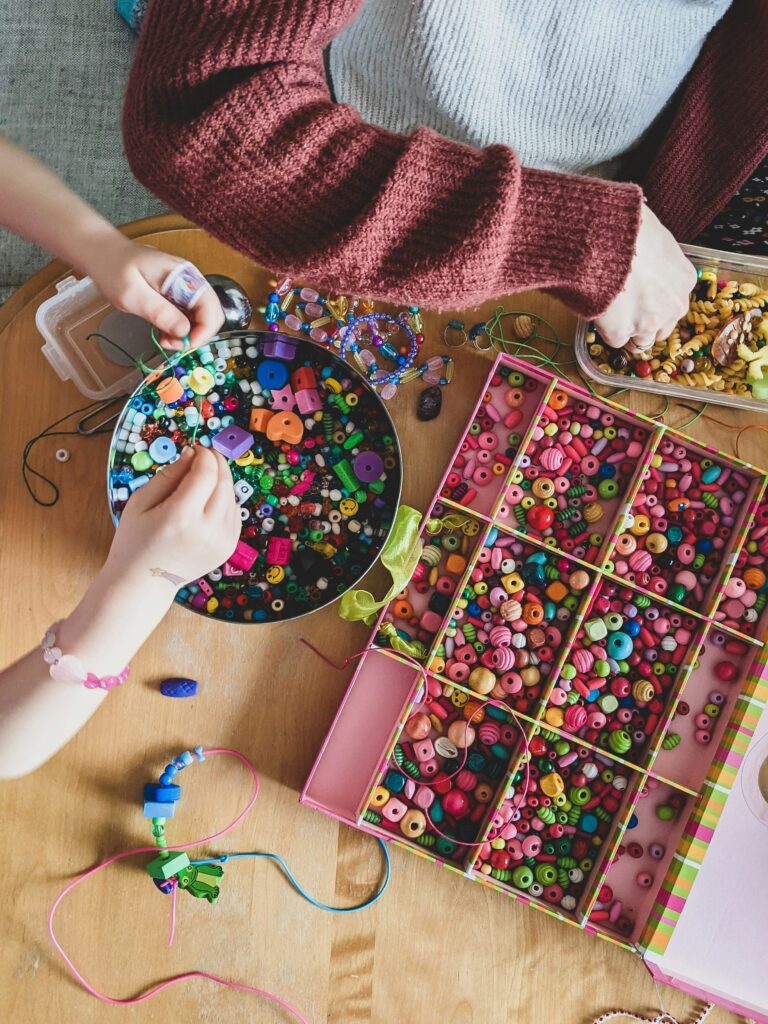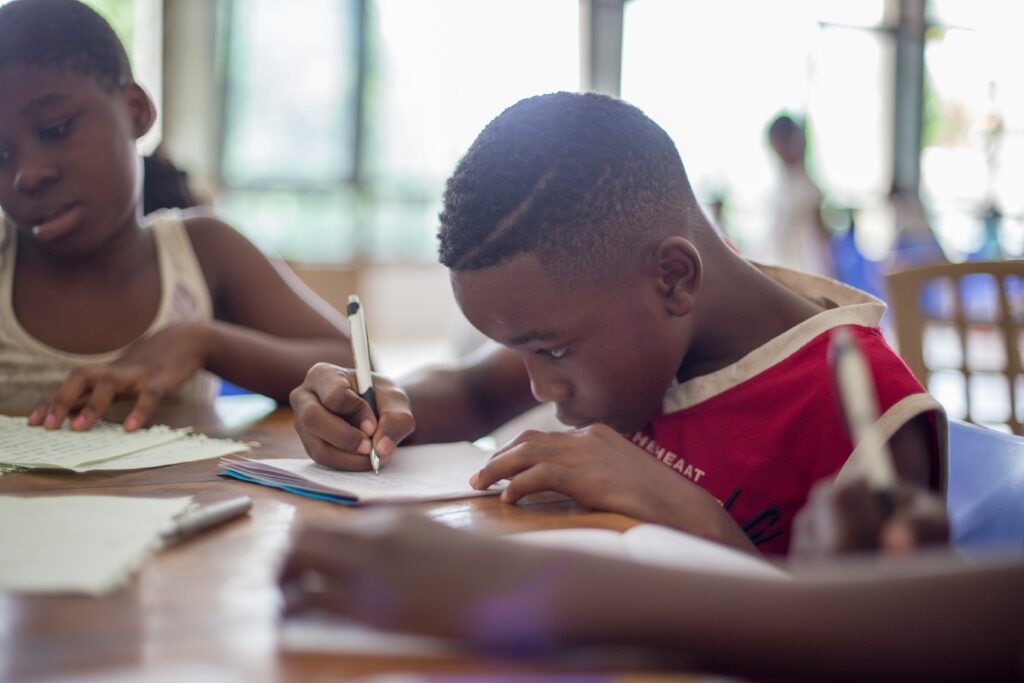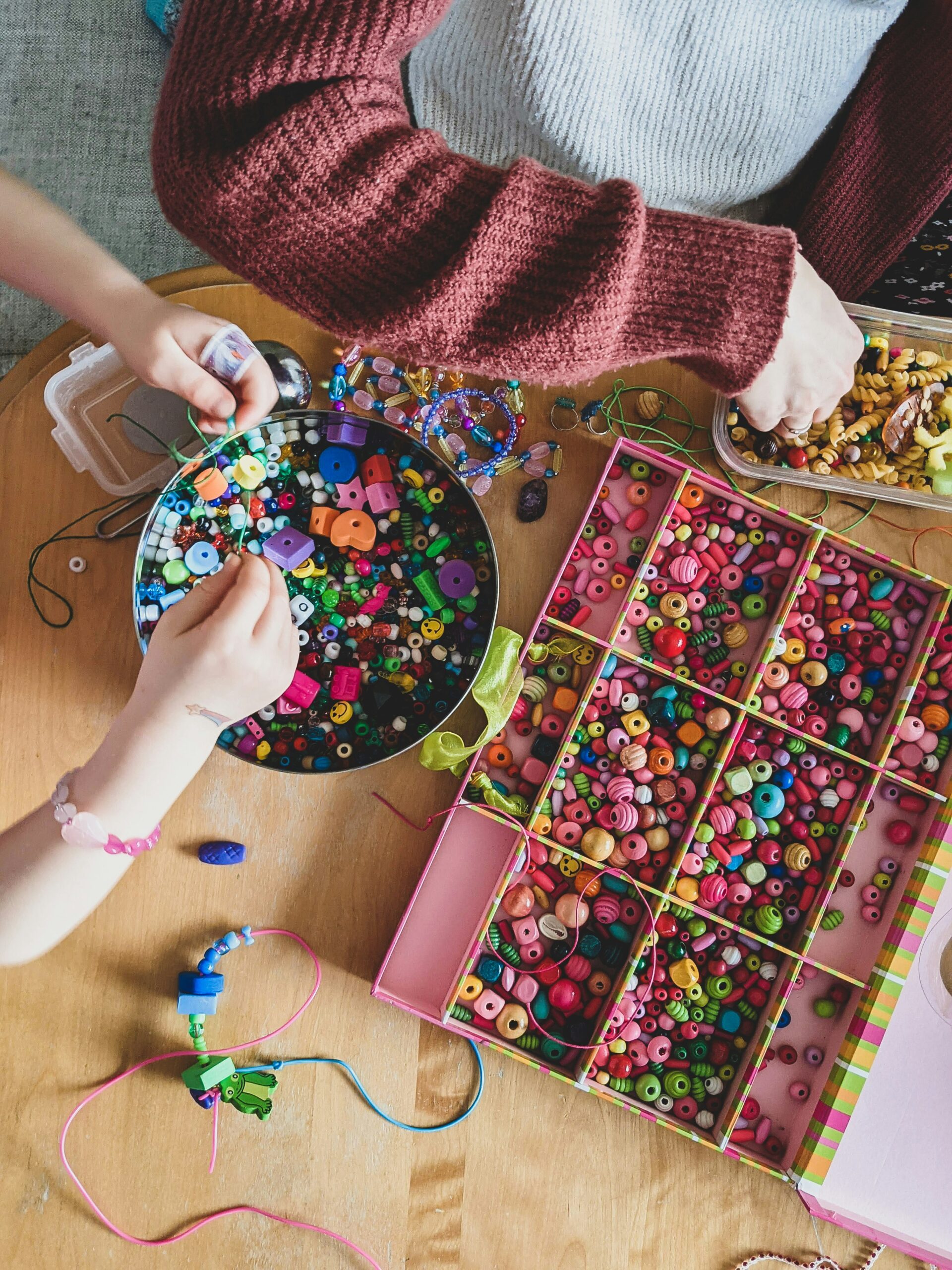Fine motor skills are essential for children’s handwriting development, and several engaging activities can help improve these skills. Incorporating fun and practical tasks into daily routines can significantly enhance both fine motor dexterity and handwriting proficiency. Such activities not only aid in forming letters correctly but also make the learning process enjoyable for kids.
For example, using hot glue letters for multisensory practice helps with letter formation and boosts bilateral coordination. Occupational therapy group activities for kids, such as creating maps or tracing letters in sand, provide children with a tactile experience and enhance their ability to form shapes and lines with precision. These creative methods can be integrated seamlessly into classroom settings or occupational therapy group activities for kids.
Finding effective exercises can be easy with the right resources. Occupational therapists often recommend combining fine motor warm-up exercises with handwriting tasks to engage students’ hand muscles and fingers. This method can make writing tasks more manageable and less daunting for young learners, increasing their confidence and skill level over time. Please keep in mind that this is an informational, not professional, piece, so if you want more assistance, please contact a medical expert.
Key Takeaways
- Practical and fun tasks enhance fine motor skills and handwriting.
- Multisensory activities aid in letter formation and coordination.
- Combining fine motor exercises with handwriting tasks boosts confidence.
Fundamentals of Handwriting Development
Effective handwriting development hinges on multiple foundational elements, including fine motor skills, pencil control, and pre-writing exercises. These elements are crucial for children to develop the ability to write legibly and efficiently.
The Role of Fine Motor Skills in Handwriting
Fine motor skills involve the coordination of small muscles in the hands and fingers. These skills are paramount for gripping and controlling a pencil. Occupational therapists often emphasize activities that bolster finger strength, hand-eye coordination, and in-hand manipulation skills. Improving these areas helps children to develop the stamina and precision needed for writing. Simple activities like threading beads, using tweezers, and playing with clay can significantly enhance these motor coordination abilities.

Understanding Pencil Grasp and Control
A proper pencil grasp is essential for effective handwriting. The most commonly recommended grip is the tripod grasp, where the pencil is held between the thumb, index, and middle fingers. This grip allows for maximum control and precision. Educators and parents should model and encourage this grasp from an early age. Pencil control also involves stable and coordinated movements of the wrist and hand. Activities like drawing shapes or tracing lines can help children develop better pencil grasp and control over time.
Incorporating Pre-writing Skills and Exercises
Before children can develop handwriting skills, they need to master pre-writing skills that lay the groundwork for pencil control and letter formation. Exercises that promote visual motor skills and hand-eye coordination are particularly beneficial. Tasks such as scribbling, drawing shapes, and practicing lines give children the foundational skills necessary for writing. These activities train the hand muscles, improve motor coordination, and prepare children for more complex writing tasks. Introducing playful and engaging pre-writing exercises can enhance the development process.
Each of these areas—fine motor skills, pencil control, and pre-writing exercises—is vital for setting children up for success in handwriting. By focusing on these fundamentals, children gain the ability to write legibly and efficiently.
Creative Activities to Enhance Handwriting
There are several innovative ways to make handwriting practice fun and effective. These activities integrate drawing, sensory materials, and practical exercises to develop fine motor skills and improve legibility.
Integrating Drawing and Tracing
Combining drawing and tracing can help students enhance their motor control. Activities like connecting the dots or mazes guide them to follow specific paths, which improves eye-hand coordination.
Using different markers or colored pencils makes the tasks more engaging. In a Montessori classroom, tracing letters or shapes on sandpaper can also develop tactile awareness while honing their skills. Encouraging children to draw and then add words or letter writing fosters both creativity and functional handwriting.
Using Sensory Materials for Handwriting Practice
Employing sensory materials transforms traditional handwriting tasks into stimulating fine motor activities. Writing letters in a sand tray or shaving cream incorporates sensory feedback that helps with the formation of letters.
Playdough can be used to form letters, aiding in better attention and motor control. Texture tracing with materials such as glue-dried letters or tactile paper can make handwriting practice more interactive for reluctant writers.
Interactive Exercises for Skill Development
Interactive exercises can significantly boost engagement and the legibility of handwriting. Activities such as letter formation games using tools like foam trays filled with gel or sand make practice sessions fun.
Encouraging children to create secret messages or codes nurtures creativity while improving handwriting. Involving storytelling tasks where they write short descriptions or narrate stories enhances their writing skills through consistent practice and helps in maintaining proper spacing between words.
Practical Tips for Improving Letter Formation
Specific practical tips can make a big difference in improving letter formation. Breaking down letters into their basic shapes, such as lines and curves, simplifies the learning process. Practicing letter groups that share similar structures, like c, o, and q, can help children recognize patterns in letter formation.
Simple handwriting warm-up exercises that involve movements like finger tapping can prepare the small muscles in the hands for writing. Emphasizing line awareness and ensuring consistent spacing can improve their overall handwriting quality. These structured tips offer a clear path to better handwriting for children.

Conclusion
Engaging in handwriting activities can significantly enhance fine motor skills. Simple tasks like creating maps, using multisensory techniques, or practicing bilateral coordination are practical and effective methods. These activities not only support handwriting development but also bolster hand-eye coordination and cognitive skills.
Specific examples are creating maps, using hot glue letters, and practicing texture tracing. These methods ensure that learners can build their skills efficiently and enjoyably. Focusing on these engaging activities will make a substantial difference in handwriting proficiency.
You may also like
27 Things That Will Help Your Child Be School Ready
8 Fun Co-Curricular Activities for Preschoolers
Some Basic Money Management Tips to Teach Your Children at Senior School
